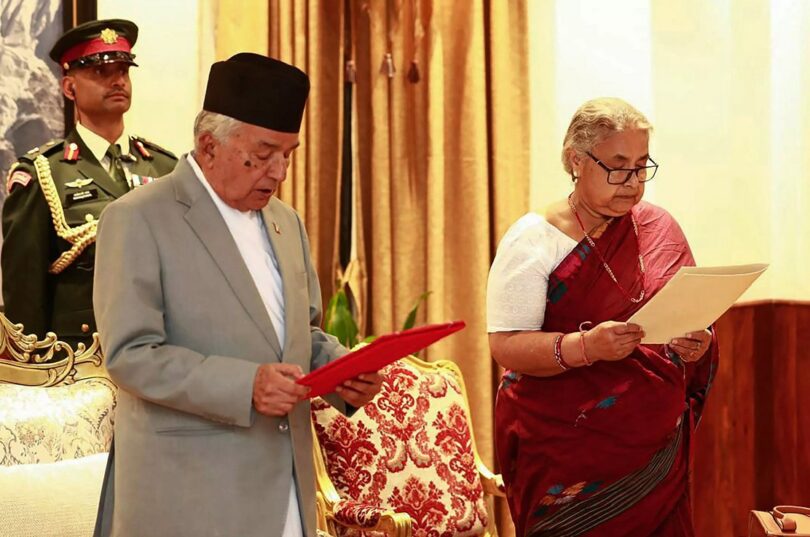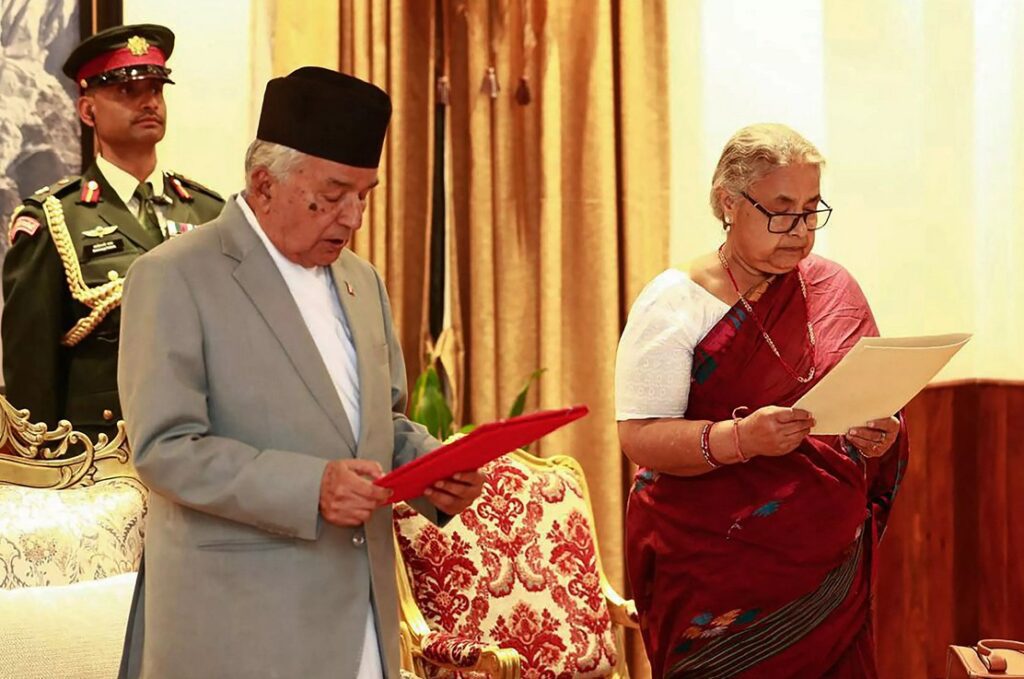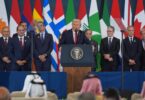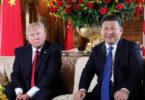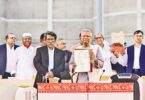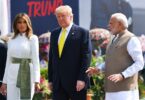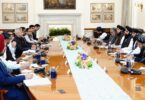Following the mayhem in Nepal, as reported in these columns earlier (https://www.thestrategicperspective.org/burning-nepal/), and the death toll having risen to 54 with over 500 injured, former Chief Justice Sushila Karki was sworn in as the Interim Prime Minister of Nepal on September 12, 2025, in a ceremony at the Presidential Palace, becoming the first woman to lead the country. President Ramchandra Paudel (wrongly reported earlier to have resigned) dissolved the Parliament on recommendations of Karki and announced parliamentary elections on March 21, 2026. Karki’s appointment came after a consensus was reached between the protestors and the army.
Karki, 73, MA in political science from Banaras Hindu University in 1975, has come a long way having married the mastermind of the 1973 hijacking of a Nepalese aircraft loaded with Indian cash; emerging as an anti-corruption crusader-cum-prime minister. Speaking to News 18 recently, Karki called herself a “friend of India” and said she has “a good impression of Modi ji.” Extending best wishes to Nepal’s Interim PM, Prime Minister Narendra Modi said, “India is committed to the peace, progress and prosperity of the people of Nepal.” The MEA issued a statement saying, “As a close neighbour, a fellow democracy and a long-term development partner, India will continue to work closely with Nepal for the well-being and prosperity of our two peoples and countries.”
With Nepal facing corruption and rot in governance over the past several years, how effective will be Karki’s anti-corruption drive remains to be seen, especially since the protestors torched nearly every important state institution, reducing files and records to ashes.; which may have been pre-planned under the pretext of anti-graft protests. Will the corrupt politicians be prosecuted and sentenced or will cases against them drag for months/years, with some getting elected again or spared for supporting coalition government (s)? In addition, is the jailbreak of over 13,500 prisoners (some wanted in India), which adds to the problem of restoring law and order, with only some 35-odd rounded up till now. Was the jailbreak pre-planned as well, with the escaped prisoners assigned a role in the run up to elections six months from now?
How much authority Sushila Karki will be able to exercise would depend on her cabinet in the interim government, and what their individual aims are. In the initial talks with the army, protestors had proposed the names of Sushila Karki, Kathmandu mayor Balendra Shah, former speaker Onsari Gharti Magar, lawyer Om Prakash Aryal, Dr Govind KC, former Brig Gen Prem Shaji and former election commissioner Neel Kanta Upreti, but the army wanted to include an individual whom is for return of monarchy and Nepal declared Hindu Kingdom, which was not acceptable to the protestors.
Balendra Shah, nick-named Balen, 35-year-old rapper-politician, was also seen as a key contender for Interim PM but chose to endorse Karki. Balen won Kathmandu’s mayorship as an independent and won instant praise from fellow Nepalese by putting up a map of greater Nepal in his office stretching from Sutlej to Teesta (https://timesofindia.indiatimes.com/blogs/toi-edit-page/grown-up-questions-for-gen-z/); the map of Greater Nepal includes parts of Uttarakhand, Sikkim and Himachal Pradesh. Given the similarity of Bangladesh’s Yunus-regime claiming parts of northeast India, it is quite possible that Balen has been systematically groomed by the CIA for a political role in Nepal. Balen could likely have a major say in the Karki government.
The CIA controls the digital media in Nepal, as well as the NGO’s like the ‘Hami Nepal’ run by Sudan Gurung, which receives funding from the Barabara Foundation, originally established by
CIA agent Barbara Adams. Barbara earlier worked for Amnesty International that advances American and EU agendas – fighting for legal rights of terrorists/separatists in developing countries to weaken their structure. After Barbara died in 2016, her foundation was relaunched by Leftist Sanduk Ruit and lawyer Mohna Ansari defending radical Islamists.
India’s prolonged blockade of the India-Nepal border during 2015-2016, caused severe fuel and medicine shortages for months pushing Nepal into China’s lap, with an anti-India social media toolkit in Nepal with hashtags like #BackoffIndia and #GoBackIndia. A dispassionate analysis indicates that the following on Nepalese social media is divided over India’s approach towards Nepal - whether it is helpful and friendly or interventionist as the “big Brother”.
In the recent violence, protesters attempted to vandalize/burn the Pashupatinath Temple, when thwarted by security forces, set ablaze vehicles of the temple board. Check posts on the Indo-Nepal were vandalised and burnt in Jhapa and Kakarbhitta areas. A Custom Office was vandalised and Indian trucks carrying goods were looted, and also a tourist bus carrying Indians was attacked and looted near Kathmandu, leaving many injured. A religious trip to Nepal turned into a tragedy for a Ghaziabad family after rioters torched a luxury hotel in Kathmandu, leaving a woman dead while dozens of Indian tourists remained stranded.
Finally, Nepal’s Interim Government faces a difficult task and instability can hardly be ruled out given the geostrategic environment and China wanting to exercise control over Nepal.
Moreover, an unstable Nepal would suit the CIA/ISI to stoke the flames in considerable instability, which fits very well CIA/ISI and the US-led West. Donald Trump doesn’t seek war with China; only diminish Chinese influence in the region and pressure India from all directions to fall in line. The situation is grim for India sharing a thousand-mile open border with Nepal permitting free movement of people. Of equal concern should be the fact that just like Sri Lanka and Bangladesh, the revolt in Nepal came as a surprise to India and Indian intelligence agencies, with the NSA and the political hierarchy running around to nail Pakistan for the Pahalgam massacre, brokering peace in Ukraine, claiming leadership of Global South and attempting to appease (or confront?) both the US and China while aggrandising themselves to the Indian public.
(The author is an Indian Army veteran. Views expressed are personal.)


